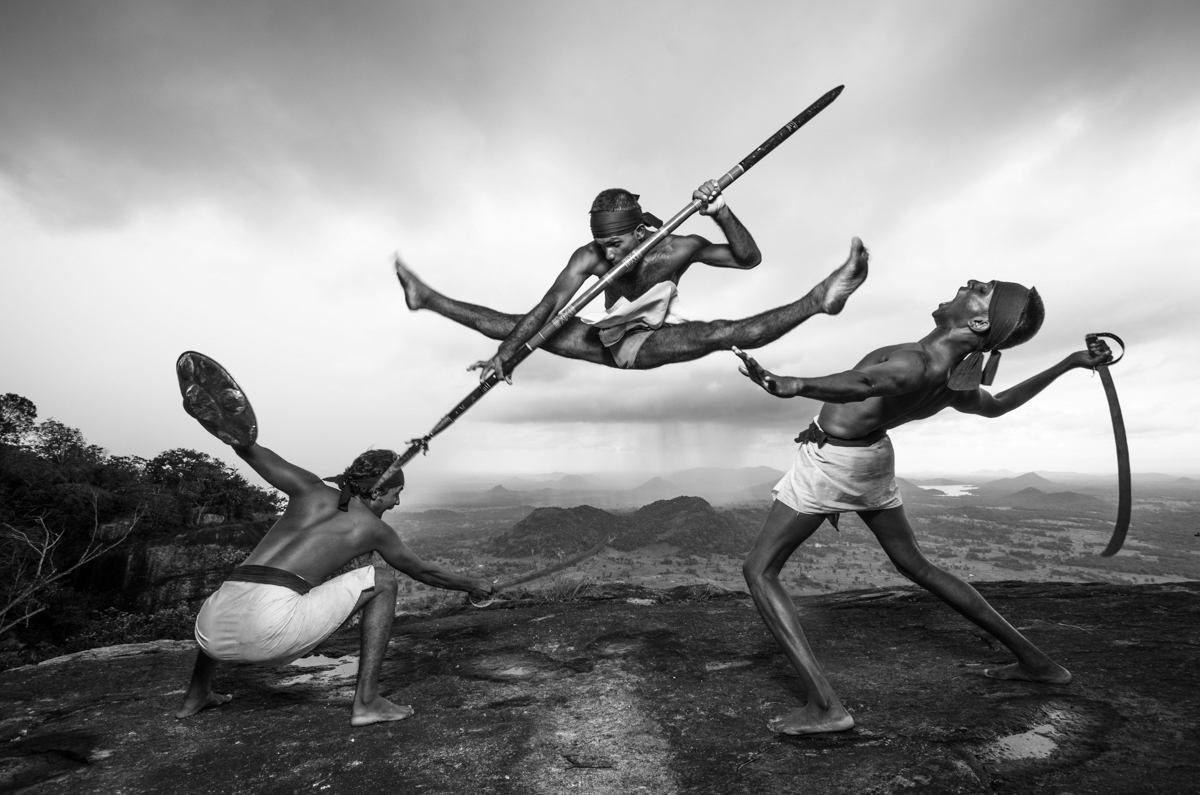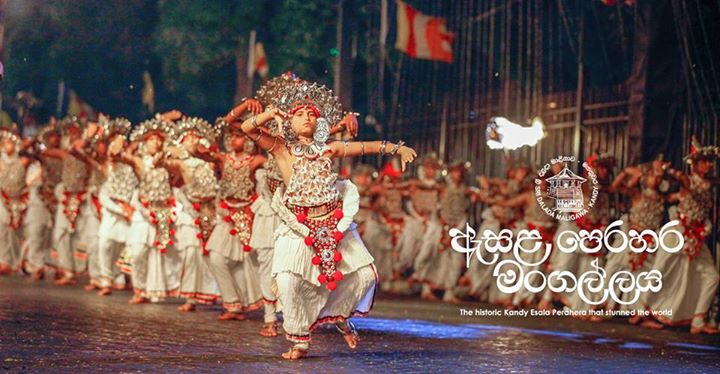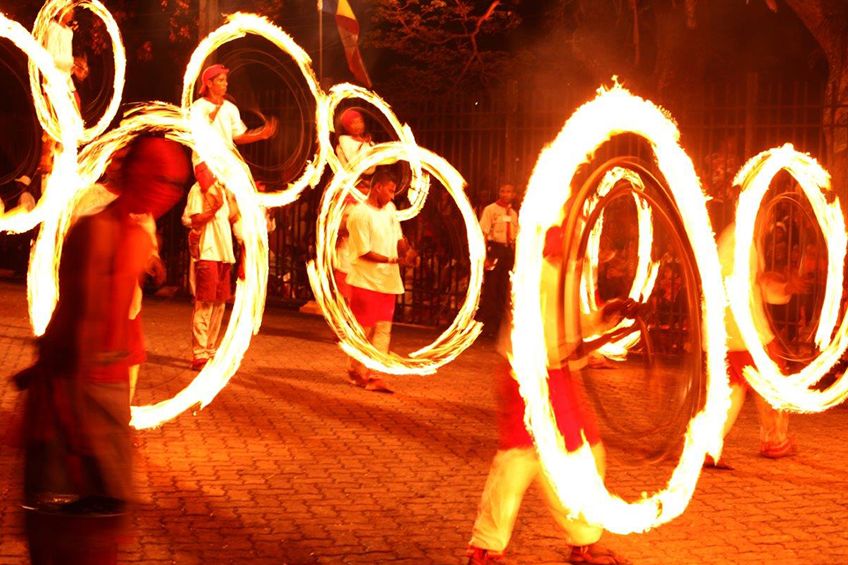Just as the symbolism in the frescoes at Sigiriya has baffled the spectators, the graffiti on its mirror-wall have enthraled them down the centuries. The visitors who have inscribed their feelings on the wall have come from all parts of the country and they belong to various strata of society. Such visitors include kings, noblemen, ladies, monks, a novice, a guard and a smith.
Scribbling on monuments seems to be an old practice as pointed out by Senarat Paranavitana. When Greek mercenaries visited Abu Simbel they carved their names on the colossal rock-cut statue of Ramesas II. Although an act of vandalism, it has furnished modern scholars with the earliest dated specimen of the Greek script!
Senerat Paranavitana in his monumental work has deciphered 685 of the verses on the mirror-wall at Sigiriya. The poetry here belongs roughly to the eighth to tenth centuries and so they are an extant example of the poetry of the period. The verses mostly are an inter-personal communication with the frescoes where the visitor records his reaction on seeing the beauties on the wall.
Jahaga me sitivili an kum kiyanney giyak
Bad ma na badane (sa)g-(i)sira naga ga Sihigiri
(Abandon these melancholy thoughts. What else is there to be said by me who composed a verse?)
The lady on the wall is in a melancholy mood as though she is annoyed with the poet because she wants more of his love. So the poet consoles her: 'Abandon these melancholy thoughts. I have already composed a verse. What else have I got to say?'
Apparently, poetry was an ample medium to win the love of a woman. In fact, poet Nand, who had come from Ruhuna, cautions the spectator: 'Look, if you please, at the long-eyed one, but do not recite songs, for she would then be drawn to you.'
Senerat Paranavitana's observation is also relevant in this context: "These ancient visitors to Sigiri, having seen figures of beautiful women in the paintings, have modified their mental images of them in accordance with the passion or thought predominant in them at the time and composed verses expressive of their state of mind. Many are the examples from our graffiti, which can be quoted to illustrate this statement. I content myself with only one (No. 104). 'By means of the splendour of the mountain side, I saw the manner in which nymphs stood in heaven. My hand jumped up with the desire of grasping their girdle in dalliance.'
The writer of this verse, by the use of the word rasan gives rise to a string of associated thoughts indicating his passion. This and other verses of a similar nature, according to Coleridge's dictum, can with reason be taken as poetry, and poetry of a high order."
Although the poets show their familiarity with Sanskrit poetic diction scholars point out that the verses generally reveal an independent style and their similes are drawn from their immediate environment. So a woman's eyebrows have been compared to nimba-leaves, her lips to na buds, her hand to a pendent of flowers and her eyes to jewel lamps.
To the Sigiri poet the smile of a woman exhibiting her teeth is like the rows of seeds in a water-melon, sweet speech is like a cup of wine, desire arises in the minds of men just as the weeds i-tana and hiri grow in the beds of tanks and fields, love that is not required is like a sprout that has fallen on a rock, and affection won after great effort is compared to water obtained after blasting a rock. As Senarat Paranavitana opines such similes and metaphors taken from everyday life and couched in simple language would have aroused appropriate responses in the minds of the people who 'listened to these verses recited aloud, probably to the accompaniment of music, in the romantic setting of Sigiri.'
A distinct feature in Sigiri poetry is the characteristic style that the poets have generally adopted. They express their feelings in couplets, which is referred to in Indian poetics as muktaka. Was there a compulsion that they should adopt this technique? Be that as it may, most of the verses appear in this style where the poets have compressed their thoughts into a couplet.
It is also possible that the poet who visited Sigiri and was enchanted not only by the frescoes but also by the magnificent rock and its surroundings took it as an obligation on his part to scribble a verse on the mirror-wall as requital.
Meyat avij giyak no bada-ha yi nagina biyen
Biya-patimi (ta)veyi hada ava rana-vanan atare
(I am apprehensive with the fear rising from (the thought): 'He has not been able to compose a stanza (even) after having come here.' My heart becomes tormented when (I am) come to the midst of the golden-coloured ones).
'Sigiri literature is a window that provides us with a glimpse into the feelings, ideas, customs, mores, nomenclature, rural landscape, sensibility and linguistic features of a people who lived before the tenth century. Although there is a direct link between the Sigiri verses and the frescoes, the latter is like a silent film while the former is like a talking feature film depicting the heterogeneous aspects of the society of yore.'
A difference in Sigiri that is not found in other sites like Ajanta, which is the mirro-wall. He feels that the poets belonged to the same tradition as that of the exceptional artists who drew the frescoes on the wall. The poets remained independent and avoided the common similes in traditional poetry. For these they looked around themselves, at their own surroundings, and selected refreshingly moving and evocative metaphors. So, for the Sigiri poet the smile of a woman on the wall reminds him of a water-melon. The woman's teeth are like the rows of seeds in the fruit, her pleasant speech is as sweet as its marrow, and her long eyes are like the segments on the rind. (Edmund Jayasuriya)
Graffiti
According to the Sigiri Graffity; The lime plaster of the brick masonry wall had been so highly polished, that it had reflected the paintings on the opposite rock wall. Today, fifteen centuries later, the shine on this wall can still be seen.
A total of nearly 1500 writings have now been deciphered. The first study and publication was by Prof. Senerat Paranavitana which itself is a masterpiece of the literary, social and creative activities of the period, the earliest recorded poetry found in Sri Lanka.
On the wall, visitors from an ancient time have written graffiti in poem form, most of it dedicated to the Sigiriya Maidens, whose paintings can be seen further up. Nearly 1,500 neat messages have been deciphered, some more than 10 centuries old.
I dedicate a part of a poem from the Sigiriya Graffiti written in the 8 Cent. A.D. to you.
"Youth gets itself crushed by old age
The body afflicted by numerous maladies
Life necessarily spends itself and departs
Here stands, as it were, being have none of these conditions".
The first is Verse 261 of the Graffiti [trans. Reynolds]
Who is not happy when he sees
Those rosy palms, rounded shoulders
Gold necklaces, copper-hued lips
And long long eyes.
The next is from the great Chilean poet Pablo Neruda [who spent some years in ‘Ceylon’] writing of Machu Picchu in phrases redolent of Sigiriya:
Tall city of stepped stone
High reef of the human dawn...
The fallen kingdom survives us all this while.
The girl with golden skin entices the mind and eyes
Her lovely breasts cause me to recall swans drunk with nectar
The forms of these celestial maidens rise above delicate clouds at waist level. They are elaborately bejewelled and their ample breasts are barely concealed by diaphanous gauze garments. Some hold flowers or trays of flowers in their hands. They are extremely sensuous--a quality readily noticed which has aroused conflicting emotions in visitors to Sigiriya down the years. Thus, a male admirer incising his thoughts on the Mirror Wall a thousand years ago was moved to write:
The ladies who wear golden chains on their breasts beckon to me. Now I have seen these resplendent ladies, heaven has lost its appeal for me.
A contemporary female, clearly less enamoured with the frescoes, records different, if equally passionate emotions:
A deer-eyed maiden of the mountain side arouses anger in my mind. In her hand she holds a string or pearls, and in her eyes she assumes rivalry with me.
"This damsel, like unto a fluttering tender bud, in fact became one who spoke with the buds and flower in her hand. It is therefore an untrue word that has been said; the ladies do not speak." - (187) Sigiriya Graffiti - Paranavitharne
Swasthi! Budhgamu wehera niyamjeth na sagasmi leemi
(Hail! I am Na Sagasmi, the chief administrator (niyamjeth) of Budhgamu vehera is writing (leemi))
Balannata gahanun balumo sihigiri
(We looked at Sihigiri in order to look at women)
Piri manajol kathun mayattha la jolannathun
(My heart’s desire was fulfilled by the lovely women who stood there)
Palawathu Wela Aramba Thanoo Sangapal me gee Leemi
(I am Sangapal who built the Palawathu wela aramba, writing this song)
Beyand gosin balumo sith surasna seye
Banathuj nobenan asi piyevu eyun layu natthe
(We went to the mountain and the mind becomes well pleased).
Ruhunin Aaa Kithalu gee
(The song of Kithalu, who came from Ruhunu)
wanawu himin himabiya ya yi sitiya tama vee yahapath deta beyadahi ranvanun detuen
(He, when he thought that those who are separated from their lord were his ladies, became doubly happy as he saw the golden colored ones on the mountain side)
Balath Poyalmi Gee
(Song of Poyalmi the palace guard [Balath])
Beyandh dig neth maha wan helilla buyun
(Forgive me. Oh…Long eyed one in the mountain)
Awuj thut sith kala maranen Dhaka no musneye maye
(Having come here, having seen them, death does not perturb me)
These verses which are predominantly on secular themes are largely addressed to the Sigiri frescoes, paintings of beautiful bejewelled, bare-breasted female figures on the western face of the rock. A good many of the verses are therefore of an amorous or romantic nature. Two specimens of the graffiti are given below (trans. by S. Paranavithana and W. G. Archer).
We spoke but they did not answer
Those ladies of the mountain
They did not give us
The twitch of an eyelid
The girl with the golden skin
Enticed the mind and eyes.
Her lovely breasts caused me to recall
Swans drunk with nectar.


.jpg)

.jpg)







.jpg/1200px-Sri_Dalada_Maligawa_(Patthirippua).jpg)







